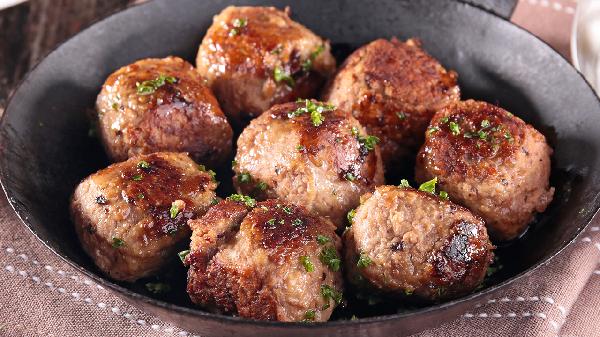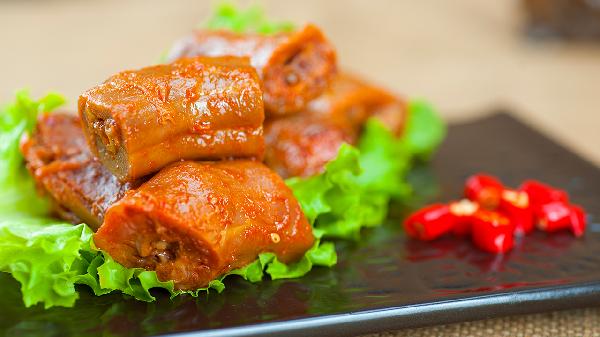If you're looking to torch fat and get fit fast, sprint workouts are your secret weapon. Unlike steady-state cardio that can feel like a slog, sprinting delivers serious results in less time by tapping into your body's most powerful energy systems. It's not just about speed—it's about efficiency, and sprinting is the ultimate shortcut to a leaner, stronger you.

Sprinting triggers a phenomenon called excess post-exercise oxygen consumption (EPOC), where your body keeps burning calories at an elevated rate long after your workout ends. Research shows high-intensity sprints can increase fat oxidation by up to 36% compared to moderate cardio. The magic happens because sprinting depletes glycogen stores fast, forcing your body to tap into fat reserves for energy during recovery. Plus, it spikes human growth hormone (HGH) production—your body's natural fat-burning elixir—by up to 450%.
While jogging burns calories during the session, sprinting creates a metabolic ripple effect that lasts for hours. A 20-minute sprint session can torch more fat than an hour on the elliptical because it creates micro-tears in muscle fibers that require energy to repair. This "afterburn" effect means you're literally burning calories while binge-watching your favorite show. And unlike marathon cardio sessions that can eat away at muscle, sprinting preserves lean mass while targeting stubborn fat.
For beginners, start with a 1:3 work-to-rest ratio—sprint all-out for 20 seconds, then walk for 60 seconds. As you progress, try Tabata-style intervals (20 seconds sprint, 10 seconds rest) or pyramid sets where you gradually increase then decrease sprint duration. Always begin with a dynamic warm-up (leg swings, high knees) and end with active recovery. Pro tip: hill sprints amplify the burn by adding resistance while being gentler on joints.
New to sprinting? Try "fartlek" (Swedish for "speed play") training—alternate between jogging and short bursts of faster running. Intermediate? Add resistance with a weighted vest or sled pushes. Advanced athletes can incorporate curve sprints or backward running to challenge different muscle groups. Remember: form trumps speed. Keep your chest up, drive knees high, and pump arms at 90-degree angles to maximize power and prevent injury.
Timing your carbs is crucial—eat a banana or toast with honey 30 minutes pre-workout for quick energy. Post-sprint, prioritize protein (whey, eggs) within 45 minutes to repair muscles. Stay hydrated with electrolyte-rich drinks, as dehydration can zap your power output. Surprisingly, caffeine before sprints may enhance performance by delaying fatigue—just don't overdo it unless you want to feel like a jittery cheetah.
Going all-out on cold muscles is a one-way ticket to injury town. Never skip your warm-up. Overstriding (landing heel-first) creates braking forces that slow you down and strain joints—aim for midfoot strikes. Avoid sprinting daily; your nervous system needs 48 hours to recover between intense sessions. And please, ditch the "no pain, no gain" mentality—sharp pain means stop immediately.
Use a heart rate monitor to ensure you're hitting 85-95% of your max during sprints. Time your 40-yard dash monthly—seeing your time drop is incredibly motivating. Take progress photos every 4 weeks; visual changes often precede scale movements. As you get fitter, you'll notice you can hit higher speeds at lower perceived exertion—that's your body adapting beautifully to the demands of sprint training.
Sprint workouts are the fitness equivalent of compound interest—short, intense investments with compounding returns. Whether you're trying to shed those last stubborn pounds or break through a plateau, adding just two sprint sessions weekly can revolutionize your results. The beauty lies in its simplicity: run fast, recover, repeat. Your future leaner self will thank you for embracing the burn.
























